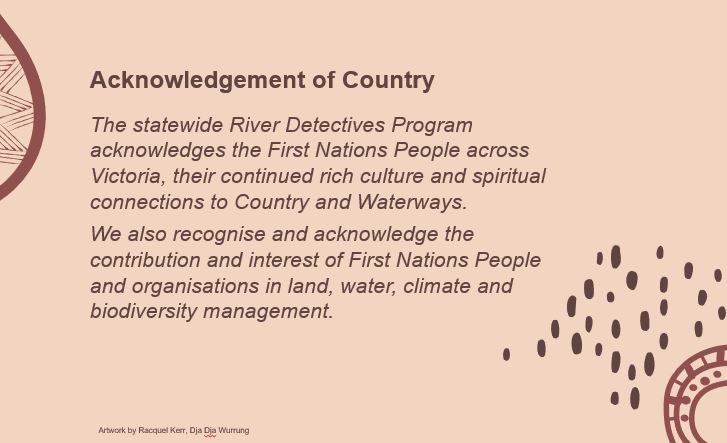Guide/Activity Booklet
Sustainable Farms – enhancing dams resources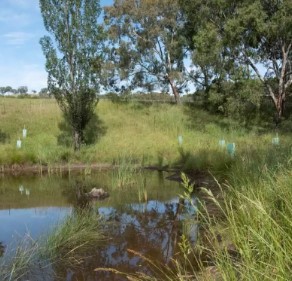
Dams are well-known features of farming landscapes. They are also valuable natural assets. ANU’s Sustainable Farms project works with farmers, land managers, NRM agencies, industry groups and Landcare towards a common goal: healthy farms, healthy farmers and healthy profits. They offer a range of great resources: a farm dam poster, life in a farm dam activity sheet, the Enhancing Farm Dams guide and the farm dam planting guide. For some great videos watch: Improving farm dams – a farmer’s perspective, life in a farm dam – after fire comes recovery and building a wildlife island on a farm dam. If constructing or renovating a dam, for the farm dams technical guide click here.
|
Food, Fibre and Agricultural Science eLearning Courses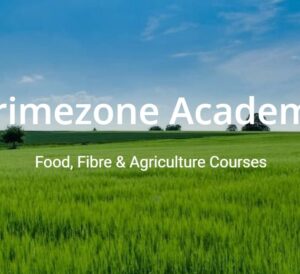
Primezone Academy offers a range of free primary and secondary courses on a variety of agricultural topics.
|
Soil Health Guide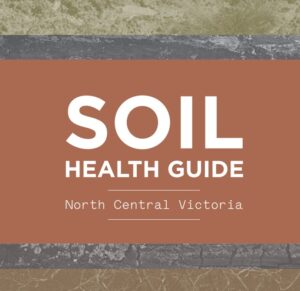
Written for the North Central region, this guide has useful instructions for student inquiry activities such as visual soil assessments and taking soil samples to assess a variety of health indicators.
|
Smart Gardens For A Dry Climate booklet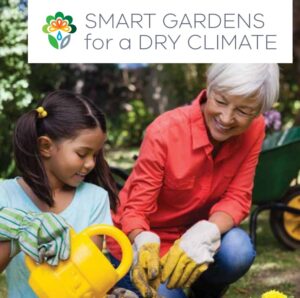
Looking to establish a water-wise garden at your school or at home? There are plenty of good ideas in this booklet from Coliban Water.
|
A Better Way To Farm school education kit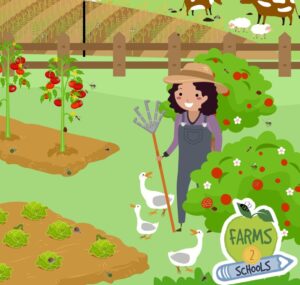
A Better Way To Farm is an education resource aimed for Levels 5-8 developed for the Port Phillip and Westernport Catchment Management Authority as part of the Farms2Schools project. The resource provides a series of fact and activity sheets that introduce students to the idea that we can use a variety of better, more sustainable methods to help control pests in our farms and gardens.
|
Australians Together website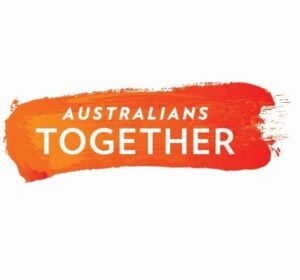
A portal for free F-10 resources created together with First Nations cultural collaborators, for professional learning and for articles/stories to learn more about our shared history.
|
Back to Nature (ABC TV) education resources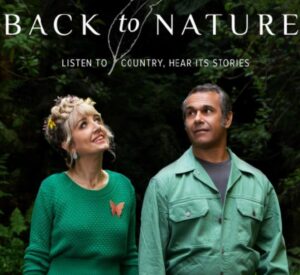
Comprehensive education materials for primary and secondary schools have been developed by Culture is Life to deliver key themes from the successful ABC Series Back to Nature, available on ABC iView. Key themes include Geology, History, Natural Science, Spirituality, Custodianship, Creation, Kinship, Healing, Belonging & Connection. Teachers can explore inquiry and discussion questions, activities for year levels 2-6, extended resources for year levels 7-10, pre-screening guidance and cultural considerations for teachers to support the delivery of Indigenous knowledge and perspectives in their classroom. Click here for Level 2-6 digital resources (click your mouse to scroll through) or click here for Level 7-10 resources.
|
Coastcare Victoria Schools Kit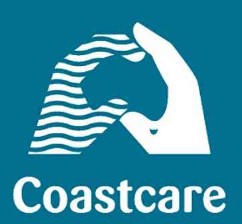
Coastcare Victoria has created a new education resource. The aim of the resource is to engage young people in caring for marine and coastal environments. The kit consists of a collection of video clips with simple, easy to follow lesson plans. Lesson plans include engaging activities including quizzes, games, videos, and investigation worksheets. The school kit is aimed for years 5-8. It is a flexible resource that is adaptable to younger or older audiences. To learn more about the Schools Kit watch this 45 minute webinar presented by Coastcare facilitators.
|
Waterbug ID sheet with larvae/adult comparison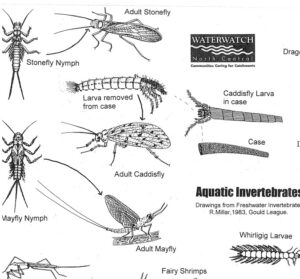
This resource is an ‘oldie but a goodie’ – useful because it shows a comparison between the nymph/larvae and adult forms of stonefly, mayfly, dragonfly, damselfly and caddisfly. Add it to your waterbug ID resources !
|
River Detectives data entry instructional video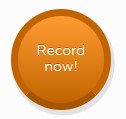
Watch this video to help you enter your water quality data into the River Detectives data portal or use this illustrated guide.
|
Pesticide Watch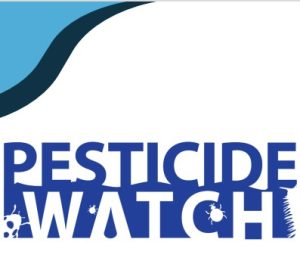
In 2024 some schools will value add to their monthly water quality monitoring by opting in to participate in Pesticide Watch, a nation-wide program run by Brady Hamilton at Deakin University helping communities identify pesticides in their local waterways through citizen-science. Find out more about the program by watching this video, about the testing procedure by watching this video, about the sampling protocol in this guide or watching this webinar we recorded with Brady all about pesticides and the research project. The 2023 results have been published in this summary report. For pesticide teaching resources click here or to follow the project join the Pesticide Watch Facebook Page. You can contact Brady Hamilton from Deakin University directly; brady.hamilton@deakin.edu.au
|
World Wetlands Day teacher guide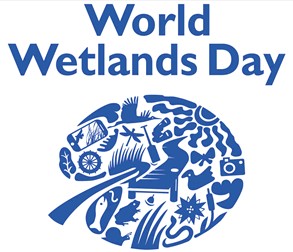
Jeanie Clark, regional River Detectives coordinator in the Wimmera CMA region develops teaching resources for World Wetlands Day each year (usually held early February). The teacher guides are tailored to schools in the Wimmera region but general wetland information and activity suggestions will be useful in any region. They can be used as on-demand PD or as a guide for planning your studies of wetlands. 2022 World Wetland Day guide with theme ‘Upstream, downstream, wetlands connect us all’ 2023 World Wetland Day guide with theme ‘It’s time for wetland restoration’
|
Wildlife of Native Grasslands on Victoria’s Northern Plains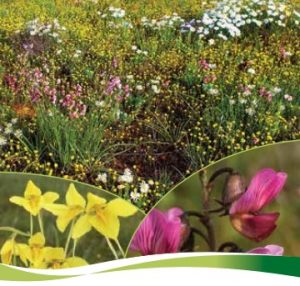
Victoria’s Northern Plains grasslands support unique yet highly endangered and severely fragmented communities of plants and animals. Over the past 180 years, more than 99% of grasslands have been removed or substantially altered for agriculture. Learn about the creatures that rely on this important habitat and the plants and vegetation that support them. Head to fauna for videos about endangered Plains-wanderer birds.
|
Saving the endangered Plains-wanderer bird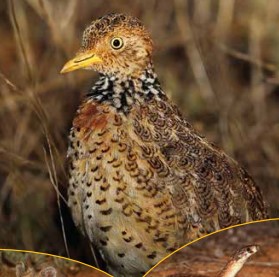
Critically endangered and at risk of imminent extinction, the North Central CMA is working in partnership with Trust for Nature and Australia’s National Recovery Team for the Plains-wanderer. Find out more about Plains-wanderers by viewing these videos about these quirky creatures; of using song meters to monitor populations, Werribee Zoo’s captive breeding program, incubating Plains-wanderer eggs and this gorgeous footage of the first captive-bred chicks. A picture storybook has now been released with teacher notes and is a great way to engage young learners. You can also use this beautiful colouring sheet. To learn more about the unique habitat of the Plains-wanderer check out the brochures ‘Plants and Vegetation of Native Grasslands on Victoria’s Northern Plains’ and ‘Wildlife of Native Grasslands on Victoria’s Northern Plains’.
|
Indigenous Plant Use booklet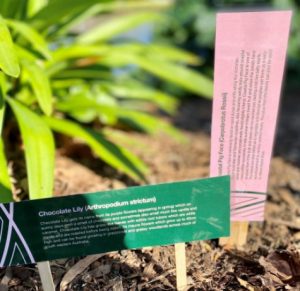
This booklet describes the medicinal, nutritional and technological uses of native plants found widely across the eastern Kulin Nation. The guide increases awareness of cultural plants although we suggest you seek advice from your local Traditional Owner group for specific information. The guide will help you design and establish a cultural garden with plant labels you can print, laminate and install.
|
Nature Guides of Central Victoria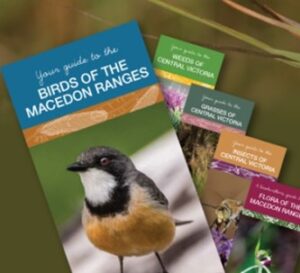
These user-friendly field guides have been produced by Macedon Ranges Shire Council for easy identification of central Victorian insects, birds, flora, weeds and grasses. Hard copies may be available from the Shire.
|
Introduction to Salinity slideshow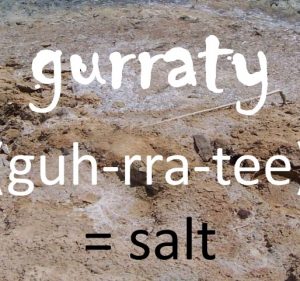
This Salinity slideshow was prepared by Wimmera CMA River Detectives coordinator Jeanie Clark as a self-guided professional development tool for teachers. Includes activity suggestions and teacher notes.
|
Site Selection Checklist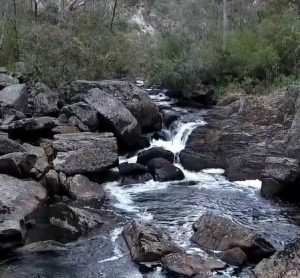
When choosing your site along a waterway or at a wetland for citizen-science activities (water quality monitoring, waterbug sampling and habitat surveys) there are many things to consider. Please refer to this checklist to assist you.
|
Nature-scrolling activity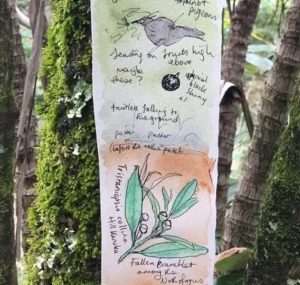
A nature scroll is simply a long, narrow piece of paper used to record your responses to nature, in words and pictures. It can be a portable, bite-sized alternative to nature journalling and a wonderful way for your students to engage with their local environment or make observations whilst at your adopted water testing site. Make it scientific, make it artistic or both !
|
2023 Koorie Education Calendar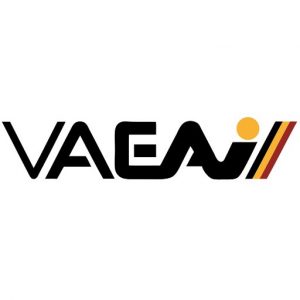
Framed around significant events throughout the calendar year, the interactive Koorie Education Calendar has been developed by VAEAI to assist educators and learners alike. The Calendar draws the learner to Victorian Koorie voices, stories and achievements, and features Koorie leaders, artists, authors, playwriters and more. The Koorie Education Calendar is updated annually and can assist schools in planning for key events and locating information about Victorian Koorie cultures, histories and perspectives. Designed to be printed on A3 paper.
We strongly recommend consulting with Aboriginal people and Aboriginal sources for information. Where available, your local LAECG is a good first point of contact and VAEAI can assist with contacts. Try to work with local community people and Elders, and always respect their intellectual and cultural property rights.
|
Annual Environmental/Cultural Celebration Dates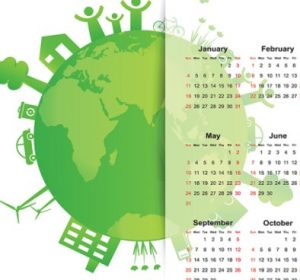
Schools and the community are invited to recognise and celebrate significant environmental / cultural days each year; some are regional, some national and some international. Many of these days tie in perfectly with the ethos of the River Detectives program and provide valuable opportunities to broaden/deepen environmental learning and encourage your students to advocate on a range of environmental and cultural issues. Check out this calendar (embedded with loads of links) and go wild !!
|
NAIDOC Week website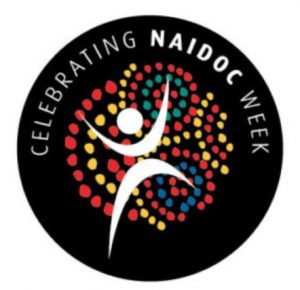
The learning resources available to all students through the NAIDOC website are invaluable for teachers and students. The NAIDOC teaching ideas developed by the National NAIDOC Committee relate directly to supporting teachers in addressing The Australian Curriculum: Aboriginal and Torres Strait Islander Histories and Culture cross-curriculum priority; with provision of content that can be used across multiple learning areas and stages/grades from Foundational Studies to Year 12. The teaching resources released each year for the annual theme provide Aboriginal and Torres Strait Islander perspectives for classrooms beyond the dates of NAIDOC Week each year.
|
Campaspe River resource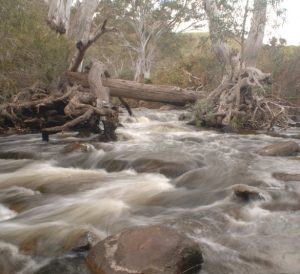
This guide is a great resource for teachers and older students to understand the Campaspe River; catchment, Aboriginal and European history, flows, health and management. Produced as part of the Caring For The Campaspe project, this guide will be a useful resource for the many schools now engaged with the project through the River Detectives program along the Campapse River.
|
Mandala Art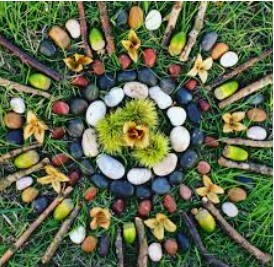
Making a nature mandala is a great activity to tune into the colours, shapes and textures of natural objects at your waterway. Collect some treasures, plan a design and create a masterpiece. Ideally, this is done by the waterway where collected materials can stay on site. If collecting from your waterway and completing the activity back at school, try to return the materials later. Extension: find objects in nature that are mandalas in themselves. See this article for examples.
|
Seasonal Calendars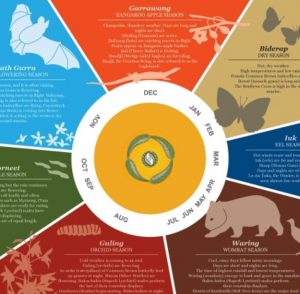
Aboriginal people traditionally lived by seasonal calendars not dictated by the conventions of summer, autumn, winter and spring but by the changes they observed in nature throughout a year. This is one example of a Kulin Nation seasonal calendar. You might be able to source one that is more specific to the traditional owners of your area ? Click here for an outline of the Wotjobaluk seasonal calendar for the Wimmera-Mallee area or view another version at the Visit Grampians website. Click here to watch a video about Dja Dja Wurrung seasons. Keep observations of your waterway and local catchment throughout a year with your students and make your own text or pictorial calendar inspired by a traditional seasonal version or this riparian/agricultural example from the North Central CMA. . . . .or combine the two !
|
The Wing Thing bird booklets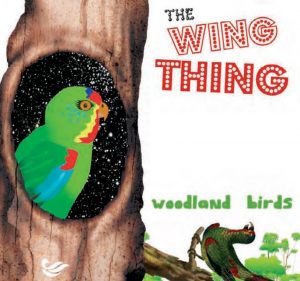
Print off one of four Wing Thing bird booklets packed with facts and activities for upper primary students; Shorebirds Woodland Birds Beach Nesting Birds Threatened Mallee Birds
|
Frogs of the Wimmera slideshow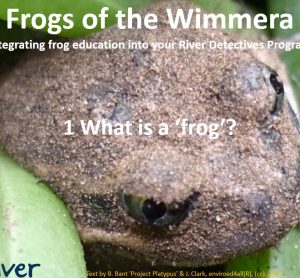
This very informative powerpoint presentation was put together by the Wimmera CMA as a PD for River Detectives educators in that region during 2020. It is full of information, graphics and useful links for teachers to brush up their own skills and arm themselves with content and resources to teach students about frogs.
|
Ten ways to improve the natural assets on a farm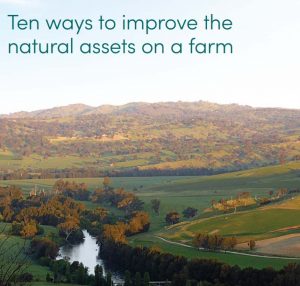
Sustainable Farms is delighted to launch a new booklet, Ten ways to improve the natural assets on a farm. The booklet highlights ten discrete projects that landholders can undertake to improve the health of natural assets – such as dams, shelterbelts or riparian areas – on their properties. The Ten Ways booklet highlights how one small change on a farm could create new habitat for native animals and lead to increased stock productivity. And these changes don’t have to be onerous or expensive – simply fencing a paddock tree or rocky outcrop can help protect these sensitive assets for the future. This booklet, although written for adults, is a user-friendly guide for teachers and secondary students with information to inspire environmental action.
|
Geographic Concepts for a Floodplain and Catchment powerpoint slides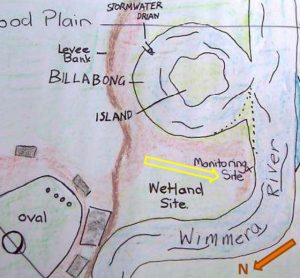
Want to know what some basic floodplain Geographic terms and concepts mean? Jeanie Clark from the Wimmera CMA put together the following three presentations to introduce the basic Geographic terms in a riverine landscape to teachers with little geographic training. Click on the links below to access each one. The slides could also be used with upper primary/secondary students. The Jeparit Showgrounds, Jeparit Primary School’s Waterwatch/ River Detectives site, was used as a local example to describe:
Jeanie is an ex-VCE Geography teacher and can be contacted through the Wimmera CMA for advice/support (time permitting).
|
Climate Change activity book and game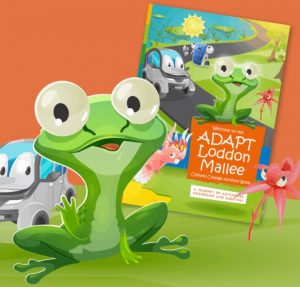
ADAPT Loddon Mallee have produced a Kids Climate Change Activity Book, including a climate change snakes and ladders game, for middle to upper primary school students filled with interactive puzzles and a story that follows Griffin the Growling Grass Frog on his mission to discover why the Loddon Mallee landscape is changing and his wetlands are drying up. Many children are engaged with environmental issues including climate change, but often resources are nationally or globally based leaving people feeling powerless to take action. By keeping the story local and providing activities and choices the children can make at home, they may feel more positive about what they can do to make an impact. If you are a school in the Loddon Mallee region and would like to register your school for free hard copies visit the ADAPT Loddon Mallee website.
|
Waterbug Discovery video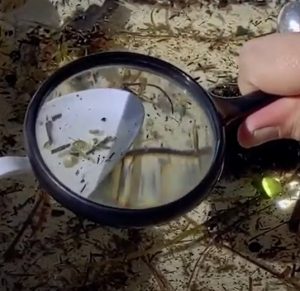
Join Deirdre and Kristen from Corangamite CMA for a great introduction to waterbugs in the Corangamite region. Get to know your regional River Detective staff, how to conduct a sampling session and the creatures you might find. For lower primary students, pause the video to read the text slides aloud. The Now and Then resource referred to is also found on the River Detectives website.
|
Make a water filter video and experiment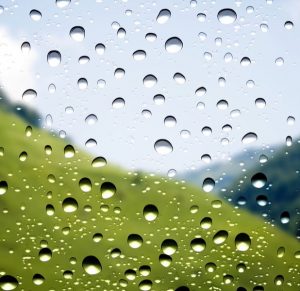
Join Fernando from Barwon Water as he guides students through the process of making a water filter using common household items. This experiment will help students understand how the water cycle provides the water we all need for drinking and how water corporations clean this water for us to drink from our tap. Teacher notes available.
|
Make the water cycle in a bag video and experiment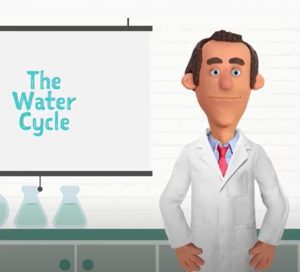
Join Wally the Water Scientist and Kristy from Goulburn Valley Water to learn how to view the water cycle in a zip lock bag ! A great activity to bring the water cycle to life. Teacher notes provide the blackline masters you need.
|
Make your own rain gauge video and experiment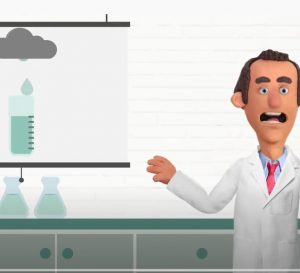
Join Wally the Water Scientist and Kristy from Goulburn Valley Water to learn how to make a rain gauge and why tracking rainfall is an interesting and informative activity. A great activity to connect maths, science and environmental learning.
|
Water Cycle Meditation no. 2
This guide is useful if you would prefer to step your own class through a water cycle meditation. Teacher notes include a mindfulness colouring sheet and instructions to make a calming jar. Alternatively you can play an audio of the meditation thanks to Barwon Water.
|
Advanced identification key (using Agreed Level Taxonomy)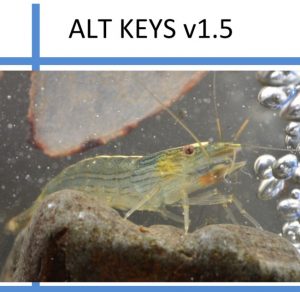
This more advanced key can be used with secondary students to identify waterbugs using a more detailed and scientific process. It is an alternative to some of the other simpler id charts, keys and digital options found in the Help Me Test -Waterbugs area of the website.
|
Resourcing your macroinvertebrate sampling kit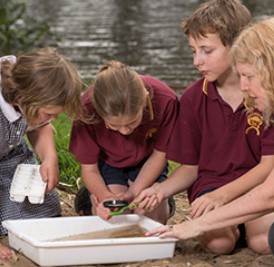
Autumn and/or Spring are great times to sample with students. Sampling equipment can be borrowed from your Regional River Detectives Coordinator. Contact them to book it ahead of time. Ideally it’s wonderful to sample several times a year and across different seasons so students can practise their skills regularly and observe patterns/changes. Having your own sampling equipment at school ready to go means that you’re more likely to grab opportunities to conduct macro sampling without the hassle of borrowing equipment. Most equipment is readily available but specialised equipment such as a sampling net and picking trays can be purchased at The Waterbug Shop or Westlab (a great use of grant funding/sponsorship if you have a supportive local Landcare group or business)
|
Reimagining Our Water Future activity matrix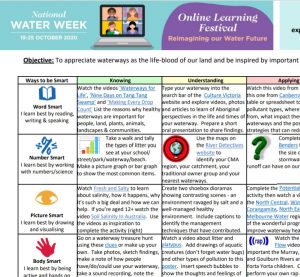
As part of the River Detective Program’s participation in the statewide 2020 National Water Week Online Learning Festival we put this activity matrix together to offer engaging, multi-age, cross-curricular activities using a variety of learning styles to explore the theme; ‘Reimagining Our Water Future’. The matrix is a compilation of challenges from a suite of activity matrices under development by the River Detectives program available for registered RD participants and located in this website under the Dive Deeper tab (login required). Use the matrix to enjoy National Water Week or anytime !
|
On The River picture story book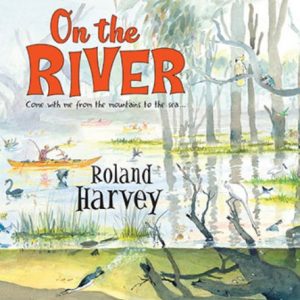
This book is a delight for all ages from the creator of the bestselling At the Beach series. Follow the mighty Murray River from its smallest beginnings in the mountains to where it meets the sea on an epic journey with Roland Harvey and his pelican friend, in this glorious picture book full of humorous, intricate illustrations and fascinating information. Together they discover the story of the river: its secrets, history, ecology, people and animals. And you’re invited, too! There are no online versions of this book but a hard copy can be ordered at your favourite book store. Teacher’s notes are available along with a worksheet for younger readers.
|
Wilam: A Birrarung Story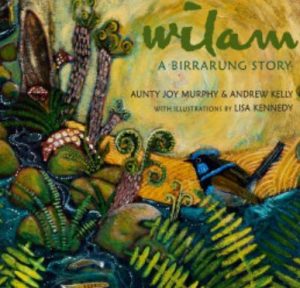
Wilam: A Birrarung Story is written by Aunty Joy Murphy and Andrew Kelly and illustrated by Lisa Kennedy. It tells the Indigenous and geographical story of Melbourne’s Yarra River, from its source to its mouth, from its pre-history to the present day and includes words from the Woiwurrung language. There are no online versions of this book but a hard copy can be ordered at your favourite book store. Comprehensive cross-curricular teacher’s notes are a wonderful guide to implementing this beautiful book in the classroom.
|
Now and Then waterbug guide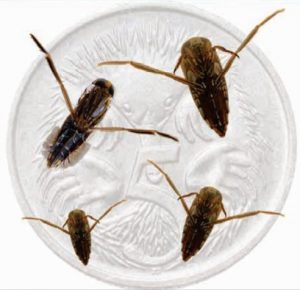
This booklet was produced quite some time ago by Corangamite CMA but remains a fantastic resource with waterbug profiles including fantastic photos showing the scale of bugs compared to a five cent piece, life cycle sketches, did you know facts and sketches/descriptions of the six main types of waterbug mouthparts (useful graphics for student research projects). Information and graphics from this booklet have also been used to produce our Waterbug Fact Sheets.
|
“Rivertime” picture story book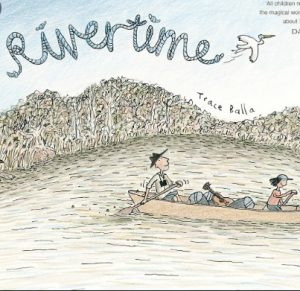
Rivertime by Trace Balla follows the adventures of Clancy who goes on a paddling adventure down the Glenelg River in the Wimmera CMA region with his bird-watching uncle. It is a story about slowing down (‘rivertime’), growing up and connecting with the land and its creatures. It’s also a fantastic launching pad for doing some birdwatching at your waterwatch site. There are no online versions of this book but a hard copy can be ordered at your favourite book store. The story can be read as a class but is best enjoyed by individuals to read and reflect at their own pace, pore over the detailed illustrations and enjoy every comic-style speech bubble. Teacher Notes provide suggested activities for middle/upper primary students or use this Rivertime-inspired pocket birdwatching guide by Trace Balla to inspire your students to make a guide for your area !
|
Exploring the Water Cycle lesson plans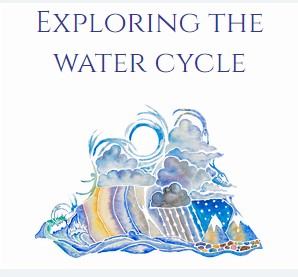
Lesson plans to help use the story, “When Water Lost Her Way” in the classroom or at home. All plans focus on relevant parts of the story for group discussion based on the Australian Curriculum and reference the Victorian curriculum where possible. The lesson plans include targeted questions, suggested extension activities with supporting external resources based on achievement standards of the Australian curriculum. Targeted plans are developed for Foundation to Year 6.
|
“When Water Lost Her Way” picture story book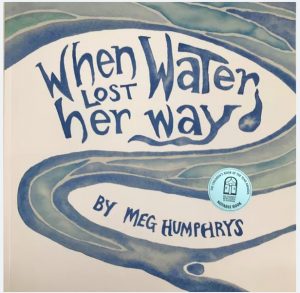
This is a powerful story by Meg Humphrys of ‘water’ questioning who she is. She seeks all parts of her cycle for answers until an ‘old tree’ helps her to understand her place in the world and her many interconnections with all living and non-living things. This book is a must-have in the school library, however you can enjoy the online reading or read the digital version yourself. Indulge in water cycle meditation, discuss extension questions or explore enquiry based lesson plans based on the story. During National Water Week 2020, Meg was interviewed and the video is a great way to further children’s engagement with this book and the water cycle (they’ll love the edible aquifer idea!) Meg has gone on to write a second book called “Wave Of Change” to explore the impact of climate change on our water resources. Search for Wave of Change in the Resource River Bank tab.
|
Importance of the Ground Storey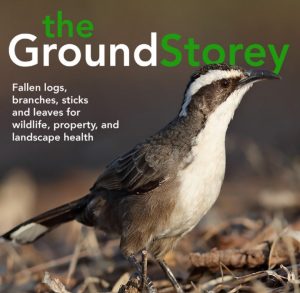
This resource developed by Goulburn-Broken CMA highlights the importance of ground storey to native fauna and catchments. Ground storey is the layer of leaf litter and woody debris found on the ground and is often misunderstood as a mess or fire risk that must be cleaned up. This guide with stunning nature photography can be used as a series of fact sheets for teacher background or student research.
|
“Where’s Our Water” digital picture story book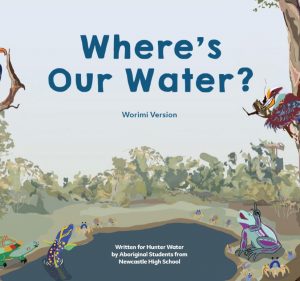
This book came out of a project co-ordinated by Hunter Water in NSW. Although it is not local, the story has valuable messages that apply to any catchment and the project is an inspiring example of what can be achieved when students work closely with traditional owners. Where’s Our Water? has been written for primary school students in the Lower Hunter region to teach them about the value of water as a precious resource and that it is everyone’s responsibility to care for it to ensure we have enough now and into the future. Hunter Water has collaborated with both the Awabakal and Worimi communities to create this new story that draws on their traditional wisdom and practices of caring for our land and waterways. You can also watch a video about the project.
|
Waterbirds Field Guide of the North Central region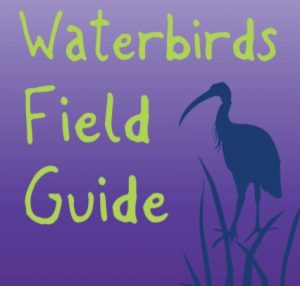
This guide produced by North Central Waterwatch includes fact files on waterbird species; description, distribution, diet, calls, breeding, habitat and conservation status. Beautiful photos make it a great asset for birdwatching at any waterway.
|
River Detectives Field Manual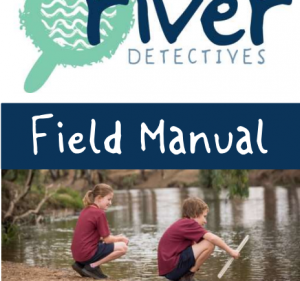
This is a copy of the Field Manual you receive a version of in your water quality test kit. If you lose your hard copy you can access it here. Be aware that this is the full manual – some pages may be irrelevant to you depending on the equipment you have and the region you are in.
|
Urban Stormwater brochure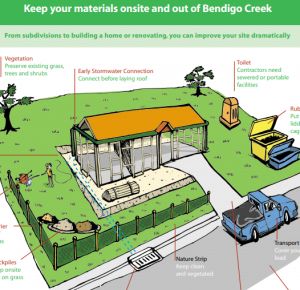
This brochure produced by the Bendigo Urban Stormwater Program details the responsibilities of builders/renovators/land developers to manage runoff from building sites. Diagrams and captions clearly explain positive strategies to reduce impacts and demonstrate an example of a subdivision considering water-sensitive urban design. This is a useful resource for any region.
|
Urban Stormwater Environmental Education Resource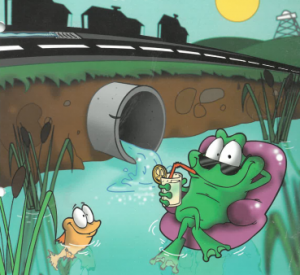
The North Central CMA developed this package in 2002 and although it has links to the obsolete curriculum document CSF II, it is jam-packed with engaging cross-curricular activities to enhance student understanding of urban stormwater. Primarily aimed at Year 5 and 6 students the lesson plans and activities are easily adaptable to lower primary and lower secondary. Introductory content can be found by clicking the resource title above and lesson plans/activity sheets for each curriculum area can be accessed using the links here; English, SOSE, Science, Maths, The Arts, HPE, Extras Some lesson plans refer to photos on a CD. A selection of these photos are available here.
|
Waterways Environmental Education Resource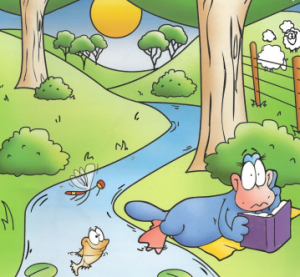
The North Central CMA developed this package in 2002 and although it has links to the obsolete curriculum document CSF II, it is jam-packed with engaging cross-curricular activities to enhance student understanding of waterways. Primarily aimed at Year 5 and 6 students the lesson plans and activities are easily adaptable to lower primary and lower secondary. Introductory content can be found by clicking the resource title above and lesson plans/activity sheets for each curriculum area can be accessed using the links here; English, SOSE, Science, Maths, The Arts, HPE, Extras Some lesson plans refer to photos on a CD. A selection of these photos are available here.
|
Salinity Environmental Education Resource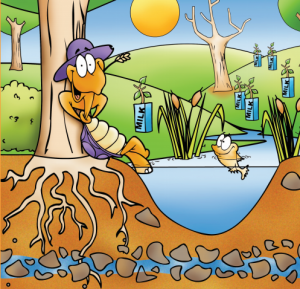
The North Central CMA developed this package in 2002 and although it has links to the obsolete curriculum document CSF II, it is jam-packed with engaging cross-curricular activities to enhance student understanding of salinity. Primarily aimed at Year 5 and 6 students the lesson plans and activities are easily adaptable to lower primary and lower secondary. Introductory content can be found by clicking the resource title above and lesson plans/activity sheets for each curriculum area can be accessed using the links here; English, SOSE, Science, Maths, The Arts, HPE, Extras Some lesson plans refer to photos on a CD. A selection of these photos are available here.
|
Dhelkunya Dja: Dja Dja Wurrung Country Plan 2014 – 2034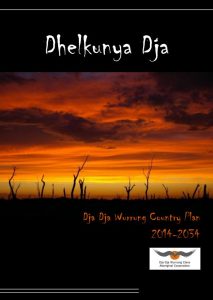
The Dhelkunya Dja Country Plan is about reaffirming the aspirations and describing the future of the Traditional Owners of Dja Dja Wurrung Country.
|
Frogs Field Guide of the North Central region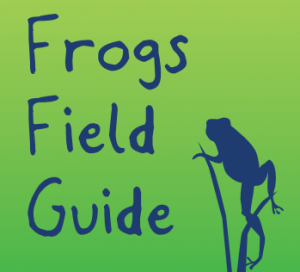
This guide produced by North Central Waterwatch includes fact files on frog species; description, calls, breeding, eggs, tadpoles, habitat and conservation status. It also clearly explains the different types of pupils, toes and eggs that can assist with frog identification. The frog profiles are also available as fact sheets; Growling Grass Frog, Peron’s Tree Frog, Southern Brown Tree Frog, Whistling Tree Frog, Barking Marsh Frog, Bibron’s Toadlet, Common Froglet, Common Spadefoot Toad, Giant Banjo Frog, Plains Froglet, Pobblebonk, Southern Toadlet, Spotted Marsh Frog, Striped Marsh Frog and Victorian Smooth Froglet.
|
Fish Field Guide of the North Central region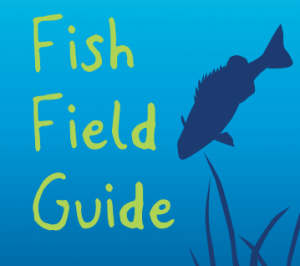
This guide produced by North Central Waterwatch includes fact files on fish species; description, breeding, fins, eggs, habitat, diet and conservation status including threats. A map showing the fish species approximate distribution in the North Central CMA region and a breeding cycle calendar is also provided for each species, along with a photo or two. The fish profiles are also available as fact sheets; Short-headed Lampray, Bony Bream, Common Galaxias, Mountain Galaxias, Flat-headed Galaxias, Spotted Galaxias, Australian Smelt, Freshwater Catfish, Murray Hardyhead, Un-specked Hardyhead, Murray-Darling Rainbowfish, Golden Perch, Macquarie Perch, Trout Cod, Murray Cod, Silver Perch, River Blackfish, Southern Purple-spotted Gudgeon, Flathead Gudgeon, Dwarf Flathead Gudgeon, and Southern Pygmy Perch .
|
Exploring Surface Water Tension and Water Striders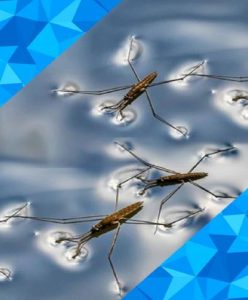
This unit comprising of 6 lesson plans for upper primary will develop student’s scientific inquiry skills while learning about water tension and how a water strider utilises water tension to survive. For more surface tension science experiments check out this video.
|
Mosquito Madness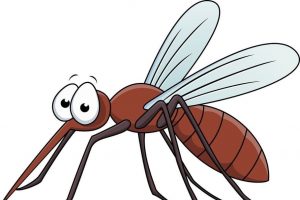
The unit provides 5 lesson plans to allow students to understand the life cycle of mosquitoes, specifically their morphogenesis and the way the organism changes appearance throughout its lifetime. Other key topics include mosquito habitats, ecology and environmental impacts on the mosquito population.
|
Waterbugs Higher Level Key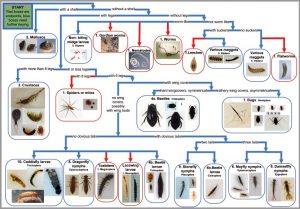
Closely observe the features of macroinvertebrates and use the questions on this key to work your way to an identification using the Agreed Level Taxonomy (ALT) method. For more info on ALT method, go to: thewaterbug.net
|
Wetlands Habitat Activity Booklet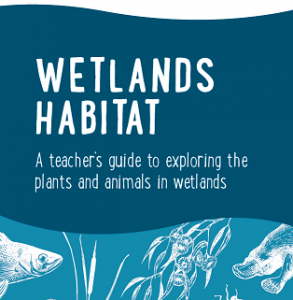
The resource contains six engaging activities for primary students to develop awareness around wetlands, wetland habitats and the importance of wetlands in our world.
|
Waterbug ID chartUse this poster as a field guide to identify waterbugs in your sample, understand the in-stream habitats they prefer and use the sensitivity scores to rate the health of your waterway. It can be laminated (or similar) and used with white board markers for longevity.
|
How to enter data guide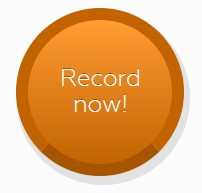
This will help you to enter data into the website once you have been to site to collect it!
|
Barapa Barapa Field survey plant guide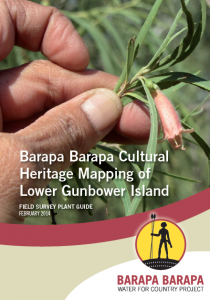
Find out more about plants in the Barapa Barapa region through pictures and descriptions of the plant, it’s habitat and it’s traditional uses.
|
Map your River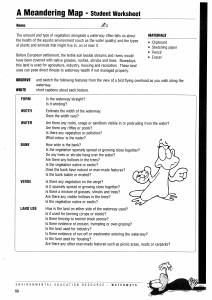
Follow the Teachers Guide to support students to draw a birds eye view of their water testing site with captions to highlight various features. The Riparian Zone Poster could be used as an example.
|
How to make a bug dial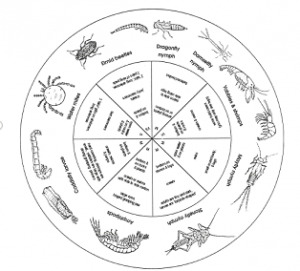
Make your own bug dial and learn more about the bugs you’ve identified. Find out about the way they move, their sensitivity to pollutants, where they live and special features.
|
Junior Landcare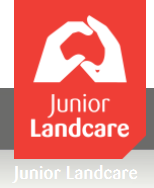
Be inspired by activity ideas linked to the Australian curriculum in the Learning Centre, at Just For Kids with great activities for home and school and check out the 25 Junior Landcare Ideas encouraging Junior Landcarers to take action to protect the world around them. There are also fantastic grant opportunities for schools, youth groups, early learning centres and landcare groups.
|
Brain bending time fillers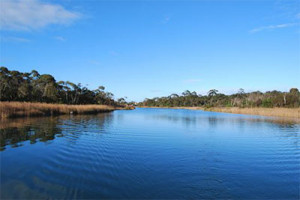
Engaging activities to stimulate minds and consolidate learning in those idle moments in your classroom schedule
|
Stormwater Education Manual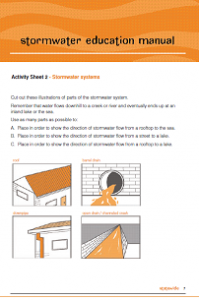
A comprehensive manual including teachers notes, lesson plans, activities, information and worksheets for upper primary and lower secondary students about urban stormwater sources, impacts and strategies.
|
Fresh and Salty Booklet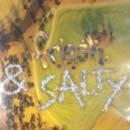
This booklet complements the Fresh and Salty video with teacher notes and lesson plans
|
City of Geelong- Stormwater Manual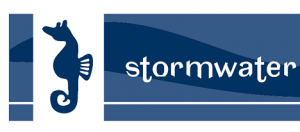
Activities all about stormwater in Geelong! Get your local stormwater manual now to guide your lessons in the classroom.
|
Exploring Estuaries GuideThis guide provides educators with a number of lesson plans linked to the Australian Curriculum. It supports estuary-related resources designed to enhance student understanding of this important water system..
|
Water Bug Flip Charts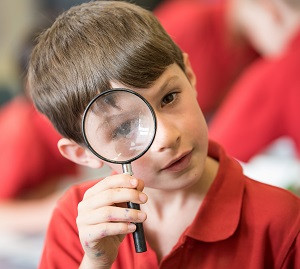
An interactive resource about the most common macroinvertebrates. Set on a 5 cent piece, images help students understand the size and scale of waterbugs and when your mouse hovers on an image it flips to reveal a fact file of the bug’s name, size, physical features and interesting adaptions.
|

